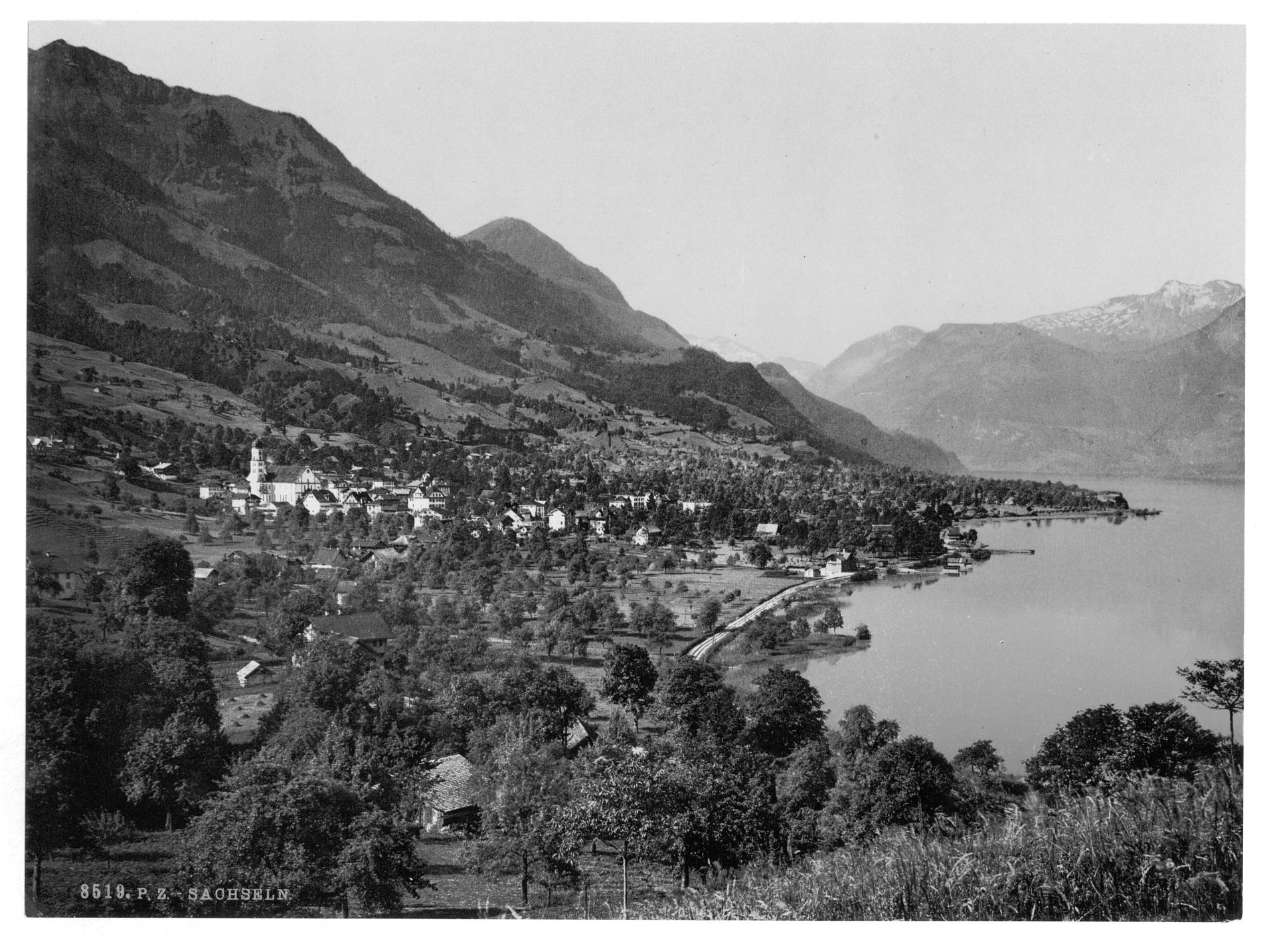The name Unterwalden is first recorded in 1304, as the translation of Latin inter silvas, which together with in intramontanis was the name for monastery possessions in the area. In 1291, Rudolf I of Germany purchased the estates at Stans, Alpnach and Giswil. From 1304, the local bailiffs used their own seal. In 1309, Henry VII confirmed the imperial immediacy of the territory of Unterwalden as part of the imperial bailiwick of Waldstätte (but not as a political entity in its own right). The Federal Charter, internally dated 1291, is thought to originate at this time. In the text, Unterwalden figures as communitas hominum Intramontanorum Vallis Inferioris “community of the men between the mountains of the Lower Valley”; this is usually rendered as “the community of the Lower Valley of Unterwalden” in modern translations, and interpreted as Nidwalden or “Unterwalden proper”. Unterwalden was one of the three participants in the foundation of the Old Swiss Confederacy, named in the Pact of Brunnen of 1315 with Uri and Schwyz.
The division of Unterwalden into two separate territories, Obwalden and Nidwalden in the early period is less than clear. Their status as two independent Talschaften appears to develop over the course of the 14th and 15th centuries, while they retain a single vote in the Confederacy.














